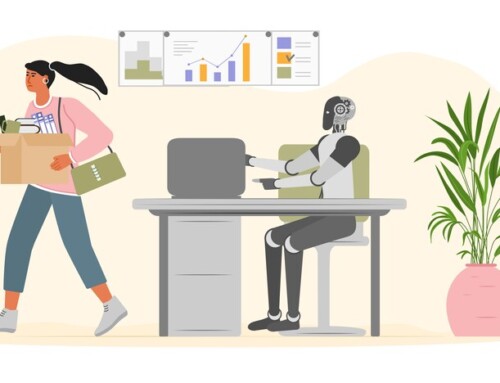◆A female teacher at an English conversation school committed suicide.
The Kanazawa Labor Standards Inspection Office has recognized “overtime work at home” as an occupational disease after a woman who used to work as a teacher at an English conversation school committed suicide after working for long hours at home.
This recognition is unprecedented, since in cases of at-home overtime it is very hard to know what the actual working situation is.
However, in this particular case, according to emails and information from related persons, the woman made over 2,000 “vocabulary cards” for explaining English words at her home after receiving instructions to do so. The Inspection Office calculated the actual time taken to make the cards, and reached the conclusion that they amounted to about 80 hours of at-home overtime work per month.
When this was added to her overtime work at the company, the result was invariably at about 100 hours of overtime work per month. Moreover, being scolded by her boss added to her mental burden, resulting in clinical depression, thus this time’s recognition as an occupational disease.
◆Is at-home overtime included in one’s working hours?
As a rule, at-home overtime that is not acknowledged by a company is not included in one’s working hours.
If a worker decides to take work home by himself and does at-home overtime, the company has no means to grasp what the actual situation is, so at-home overtime is not considered “working hours,” as it is basically not instructed by the company.
However, when at-home overtime is conducted based on clear instructions given by one’s boss, the time required for that does, indeed, become included in one’s working hours.
It is also important to note that when a worker is given more work than he can do during his regular working hours, or when there is a tacit approval of at-home overtime work, there is a possibility that this time may be considered as official working hours, assuming that, in reality, the at-home overtime has been an instruction from the company.
◆At-home overtime comes with several risks for companies!
At-home overtime comes with many risks besides the possibility of being considered an occupational disease, and the possibility that the worker may invoice the company for the extra time. The risk that information may leak is also a reality.
Companies need to create rules such as “forbidding at-home overtime,” “making employees apply in advance when at-home overtime is absolutely necessary,” and “taking measures to prevent information leaking.”




